Home>Furniture & Design>Living Room Furniture>How To Measure For A Dining Room Table
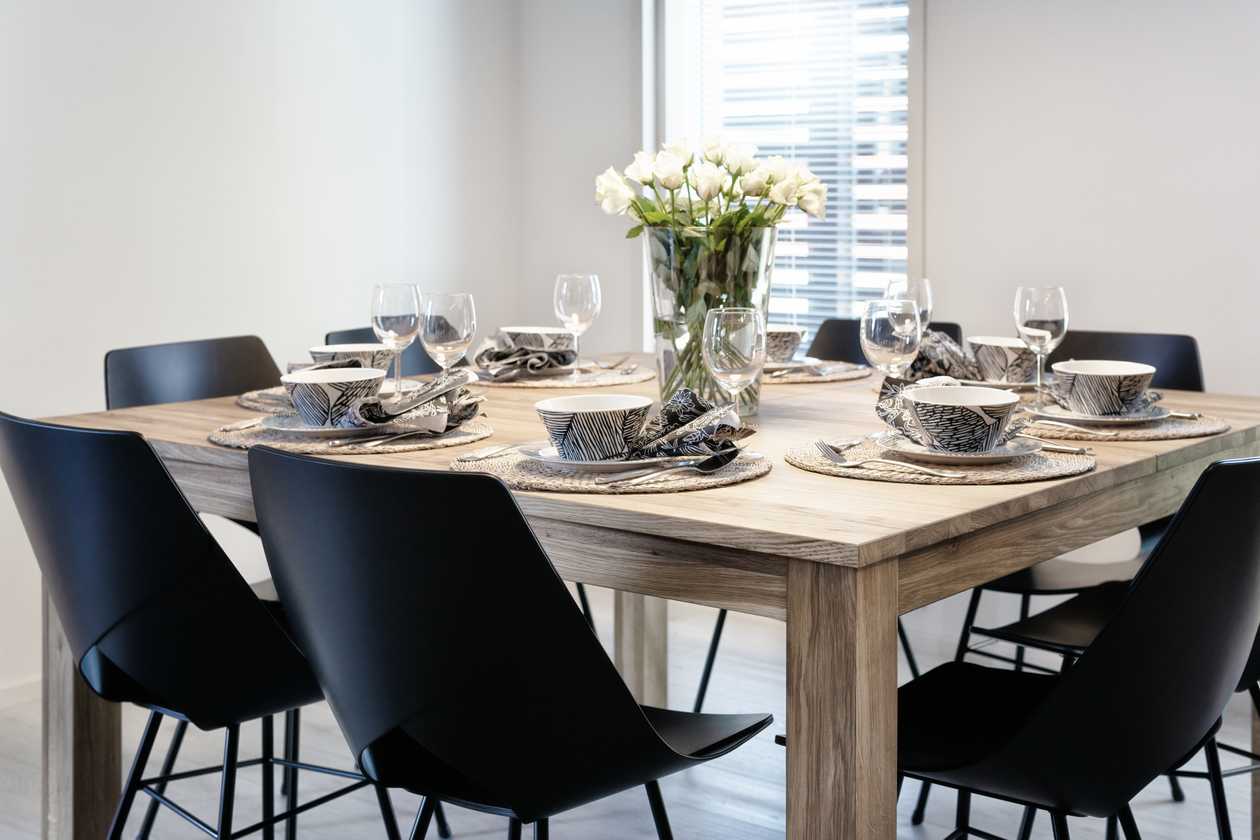

Living Room Furniture
How To Measure For A Dining Room Table
Modified: January 5, 2024
Learn how to measure for a dining room table to ensure it fits perfectly in your living room. Get expert tips for choosing the right size and style. Discover more living room furniture and design ideas.
(Many of the links in this article redirect to a specific reviewed product. Your purchase of these products through affiliate links helps to generate commission for Storables.com, at no extra cost. Learn more)
Introduction
Choosing the perfect dining room table is a crucial decision for any homeowner. It’s not just a functional piece of furniture; it’s the centerpiece of countless gatherings, conversations, and shared meals. The right table can elevate the aesthetics of your dining area and enhance the overall ambiance of your home. However, before you start browsing through the myriad of options available, it’s essential to understand how to measure for a dining room table. By following a few simple steps, you can ensure that the table you choose not only fits comfortably in your space but also accommodates the number of guests you envision hosting.
In this comprehensive guide, we’ll walk you through the step-by-step process of measuring for a dining room table. From assessing the room size to considering seating capacity and table shape, we’ll cover all the essential factors that will help you make an informed decision. So, let’s dive in and explore the art of measuring for the perfect dining room table.
Key Takeaways:
- Measure the room and available space to ensure the dining table fits comfortably and allows for easy movement and seating, creating a harmonious and functional dining area.
- Consider seating capacity, table shape, and style to select a dining room table that accommodates your guests, complements your space, and enhances the overall ambiance of your dining area.
Read more: What Is In A Dining Room?
Step 1: Determine the Room Size
Before you embark on the journey of selecting a dining room table, it’s crucial to assess the size of the room where the table will be placed. Start by measuring the dimensions of the entire dining area. This includes the length and width of the room, as well as the height of the ceiling. Understanding the overall size of the space will provide you with a clear picture of the maximum dimensions a dining table can have without overwhelming the room.
Additionally, take note of any architectural features or obstacles within the room, such as windows, doors, or built-in fixtures. These elements can impact the placement and size of the table, so it’s important to account for them in your measurements. By determining the room size upfront, you can narrow down your options and focus on tables that are proportionate to the available space.
Furthermore, consider the layout of the dining area in relation to adjacent rooms or areas such as the kitchen, living room, or hallway. Understanding how the dining space integrates with the rest of your home will help you visualize the appropriate size and shape for the table, ensuring a cohesive and harmonious flow throughout the living space.
By taking the time to accurately measure the room size and assess its unique characteristics, you’ll lay a solid foundation for the subsequent steps in the process of selecting the ideal dining room table.
Step 2: Measure the Available Space
Once you have a clear understanding of the overall room size, it’s time to focus on the specific area where the dining table will be placed. Begin by measuring the exact dimensions of the available space within the dining area. This includes the length and width of the designated area, taking into account any surrounding furniture or architectural features that may impact the placement of the table.
When measuring the available space, it’s important to leave adequate clearance around the table for comfortable movement and seating. As a general rule of thumb, aim for at least 36 inches of space between the table and any walls or other furniture to allow for easy passage and pulling out chairs. This ensures that the dining area remains functional and unobstructed, promoting a seamless dining experience for you and your guests.
Consider the flow of traffic within the dining space and visualize how the placement of the table will impact the overall accessibility and aesthetics of the room. If the dining area is part of an open floor plan, take into account the transition between the dining space and adjacent areas to maintain a cohesive and harmonious layout.
Furthermore, if you’re considering a dining table with extension leaves to accommodate additional guests on special occasions, factor in the expanded dimensions when measuring the available space. This will help you determine whether the extended table size is feasible within the designated area without causing congestion or hindering the functionality of the space.
By meticulously measuring the available space and considering the practical aspects of table placement, you’ll be better equipped to select a dining room table that not only fits comfortably within the area but also enhances the overall functionality and visual appeal of the dining space.
When measuring for a dining room table, make sure to leave at least 36 inches of space between the table and the walls or other furniture to allow for comfortable seating and movement around the table.
Step 3: Consider Seating Capacity
When it comes to selecting a dining room table, one of the key considerations is the seating capacity it can accommodate. Determining the ideal seating capacity involves assessing the number of people you typically expect to seat for meals and gatherings. Whether you prefer intimate family dinners or frequently host larger gatherings, understanding your seating requirements is essential in choosing a table that meets your specific needs.
Start by evaluating the number of immediate family members who will regularly use the table for meals. Consider any potential changes in your household size, such as children growing up or elderly family members joining the household, and account for these factors in your seating capacity assessment. Additionally, think about the frequency of hosting guests and the average number of individuals you envision seating during social gatherings or special occasions.
When determining the seating capacity, it’s important to factor in the comfort and functionality of the dining experience. Allow ample space for each person to sit comfortably and move freely around the table. As a general guideline, allocate approximately 24 inches of table width per person to ensure sufficient elbow room and a comfortable dining experience.
Furthermore, consider the option of incorporating additional seating at the table, such as bench seating or the ability to accommodate extra chairs when needed. Flexibility in seating arrangements can be advantageous, especially for versatile dining spaces that cater to varying group sizes and preferences.
By carefully considering the seating capacity that aligns with your household dynamics and entertaining habits, you can narrow down the options and focus on dining room tables that effortlessly accommodate your desired number of guests while promoting a convivial and inviting dining atmosphere.
Step 4: Factor in Table Shape and Style
As you delve into the process of selecting a dining room table, it’s essential to consider the shape and style that best complements your dining area and aligns with your aesthetic preferences. The table’s shape not only influences the visual dynamics of the space but also plays a significant role in determining the table’s functionality and the overall dining experience.
Rectangular tables are a popular choice for many dining spaces, offering a classic and versatile option that accommodates a larger number of guests. Their elongated form makes them well-suited for spacious dining areas and open floor plans, providing ample surface area for dining and socializing. On the other hand, square tables can create a more intimate and cozy dining atmosphere, making them ideal for smaller gatherings and compact dining spaces.
Round tables exude a sense of conviviality and facilitate easy conversation among diners. They are particularly well-suited for smaller dining areas and can create a more inclusive and communal dining experience. Oval tables offer a harmonious blend of the elongated form of rectangular tables and the sociable ambiance of round tables, making them a versatile choice for various dining settings.
Consider the overall style and decor of your dining area when selecting the shape of the table. The table’s shape should harmonize with the existing design elements and architectural features, creating a cohesive and visually appealing composition within the space.
Furthermore, delve into the realm of table styles, ranging from traditional and rustic designs to modern and contemporary aesthetics. The style of the table can significantly impact the ambiance of the dining area, reflecting your personal taste and contributing to the overall character of the space.
By carefully factoring in the shape and style of the dining room table, you can select a piece of furniture that not only fits seamlessly within the space but also enhances the visual allure and functionality of your dining area, creating a captivating and inviting environment for shared meals and cherished gatherings.
Read more: How To Style A Dining Room Table
Step 5: Finalize the Measurements
After considering the room size, available space, seating capacity, and table shape and style, it’s time to finalize the measurements to ensure a precise fit for your dining room table. Start by consolidating all the essential dimensions you’ve gathered, including the overall room size, the specific area for the table, and the necessary clearance around the table.
Verify the accuracy of the measurements and re-evaluate the practicality of the dimensions in relation to the intended use of the dining area. Visualize the placement of the table within the space, taking into account the flow of movement, the integration with surrounding furniture, and the overall aesthetic impact.
If you’re considering a table with extendable features, such as drop leaves or extension leaves, factor in the expanded dimensions to ensure that the extended table size remains feasible within the available space without compromising functionality or obstructing the room’s layout.
Additionally, if you plan to pair the dining table with dining chairs, consider the space required for each chair, allowing ample room for comfortable seating and easy maneuverability. Ensure that the finalized measurements accommodate the desired number of chairs without overcrowding the dining area.
Before making a final decision, it can be beneficial to create a mock layout of the dining area using the finalized measurements. This visual representation can offer valuable insights into the spatial dynamics and help you assess the overall harmony and functionality of the proposed table placement within the dining space.
By meticulously finalizing the measurements and evaluating their practical implications, you can confidently proceed with selecting a dining room table that harmonizes with the dimensions of the space, caters to your seating requirements, and enriches the overall ambiance of your dining area, culminating in a captivating and inviting setting for meaningful gatherings and shared meals.
Frequently Asked Questions about How To Measure For A Dining Room Table
Was this page helpful?
At Storables.com, we guarantee accurate and reliable information. Our content, validated by Expert Board Contributors, is crafted following stringent Editorial Policies. We're committed to providing you with well-researched, expert-backed insights for all your informational needs.
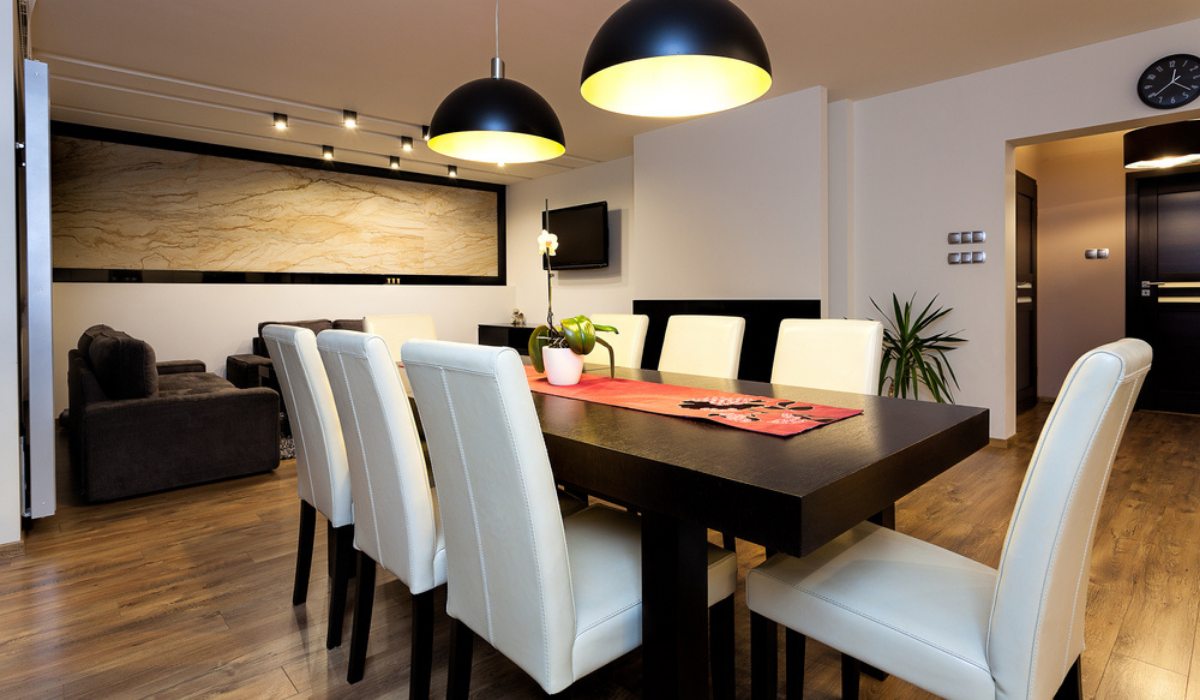
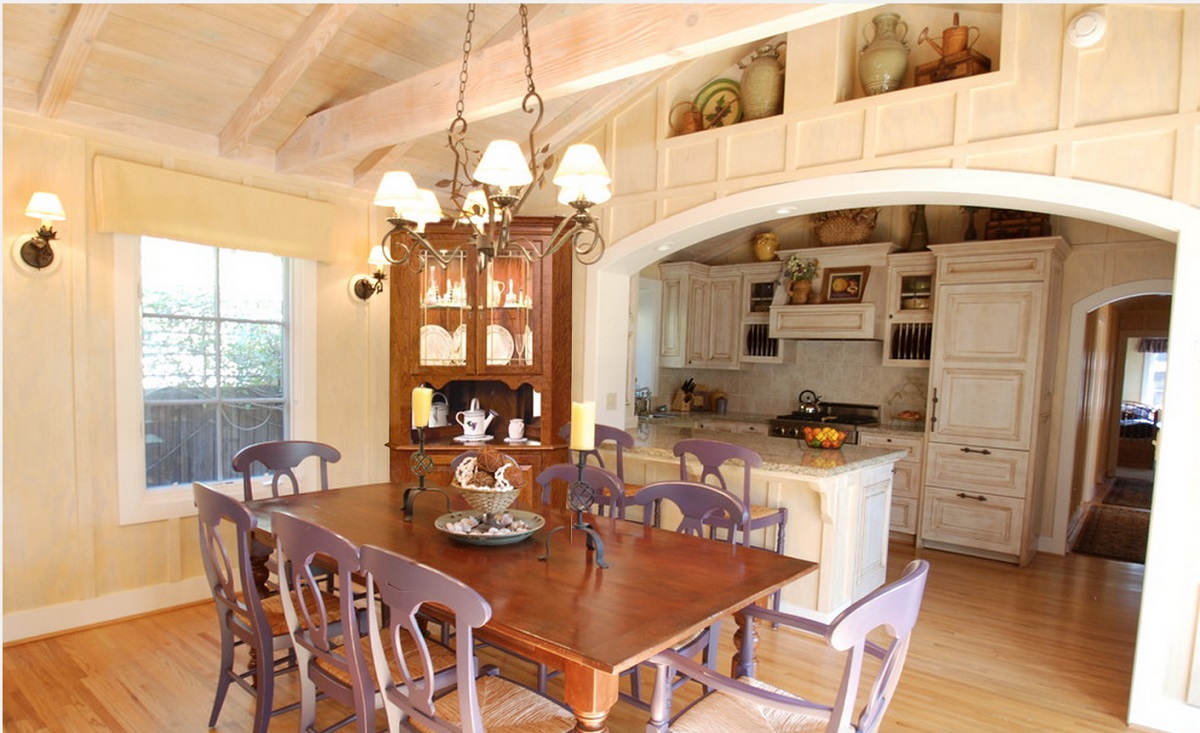

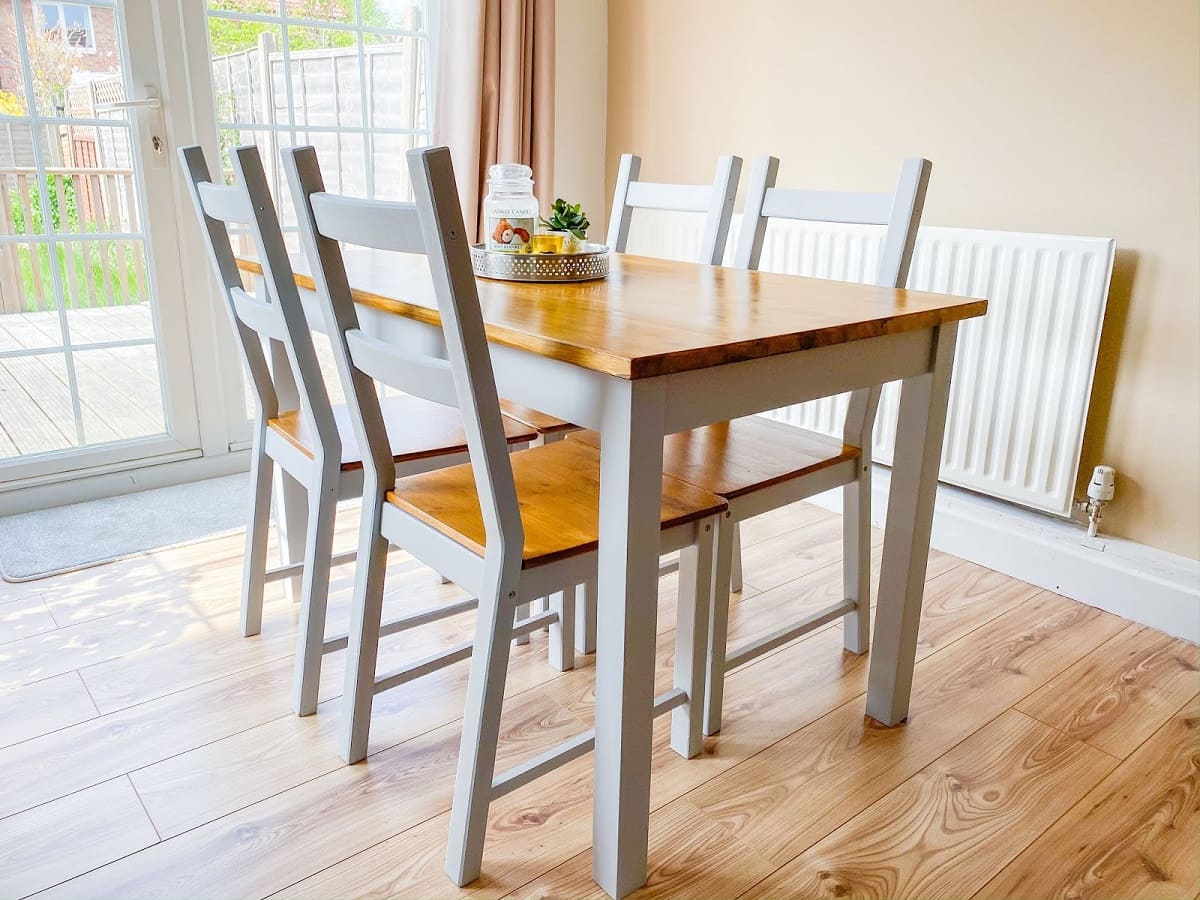
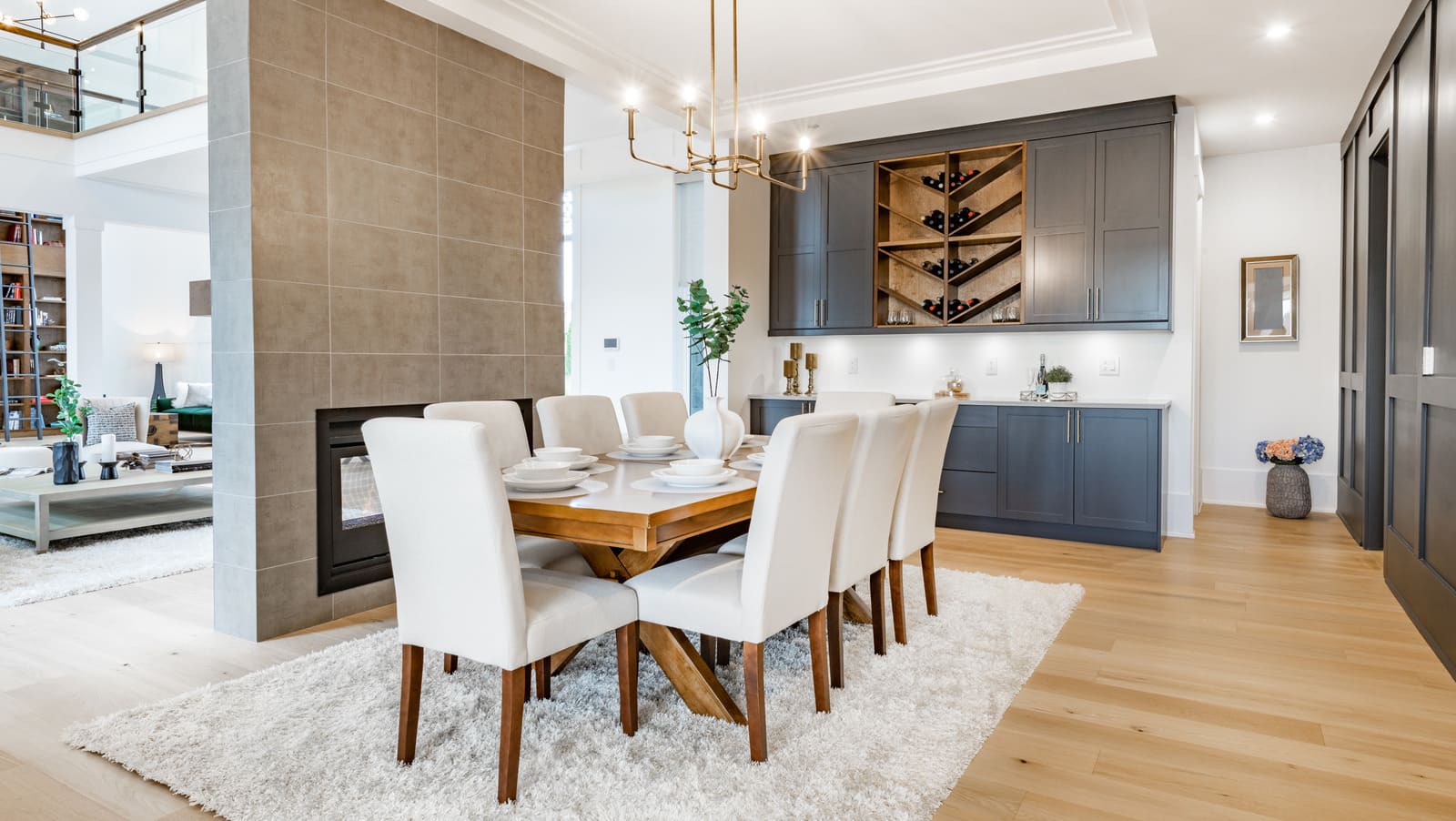
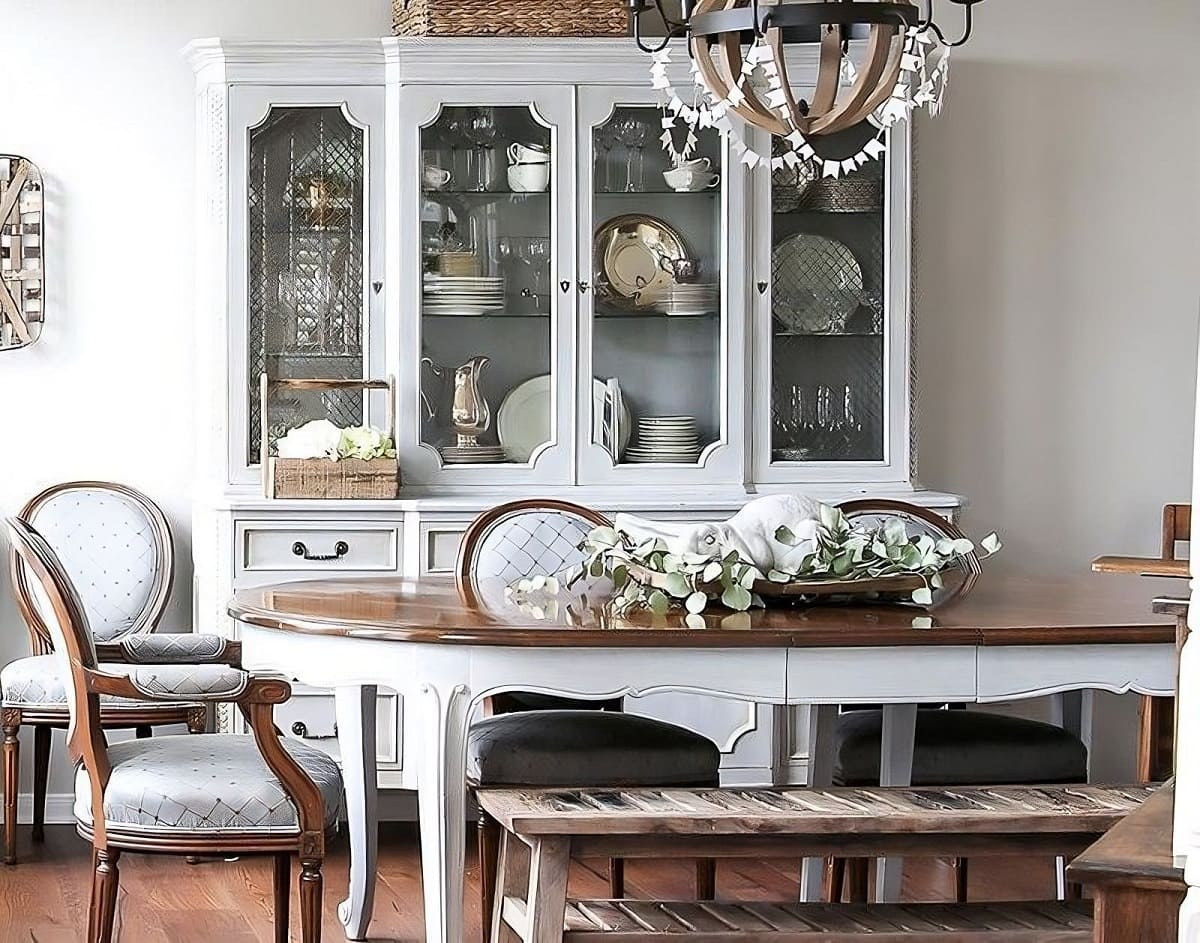
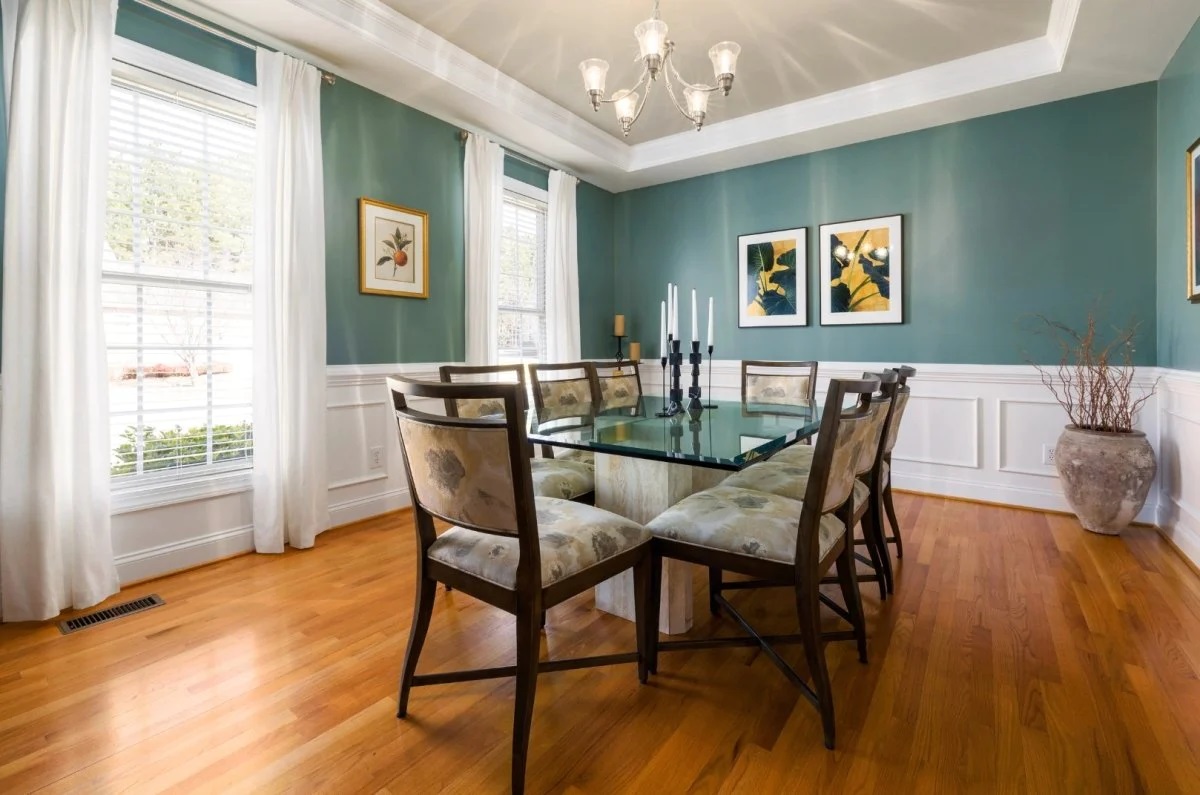
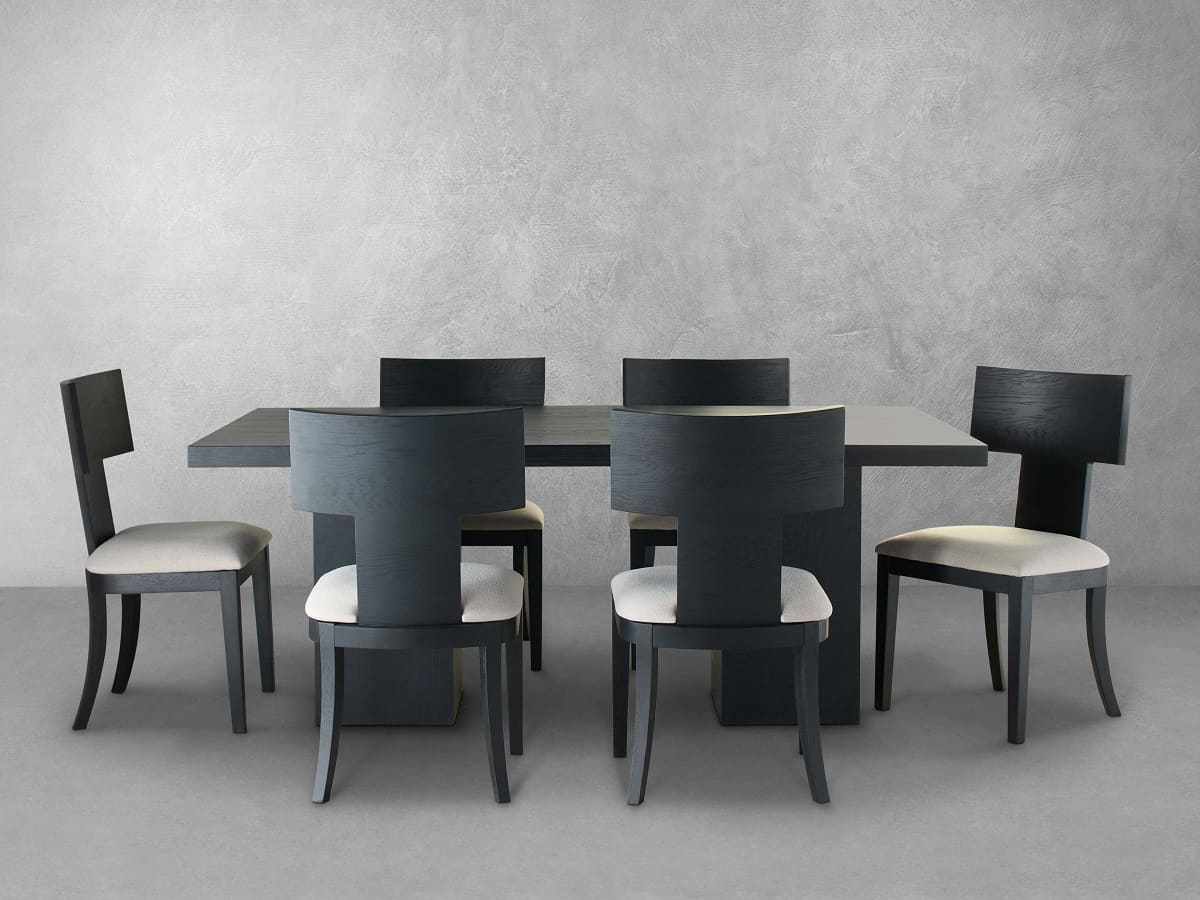
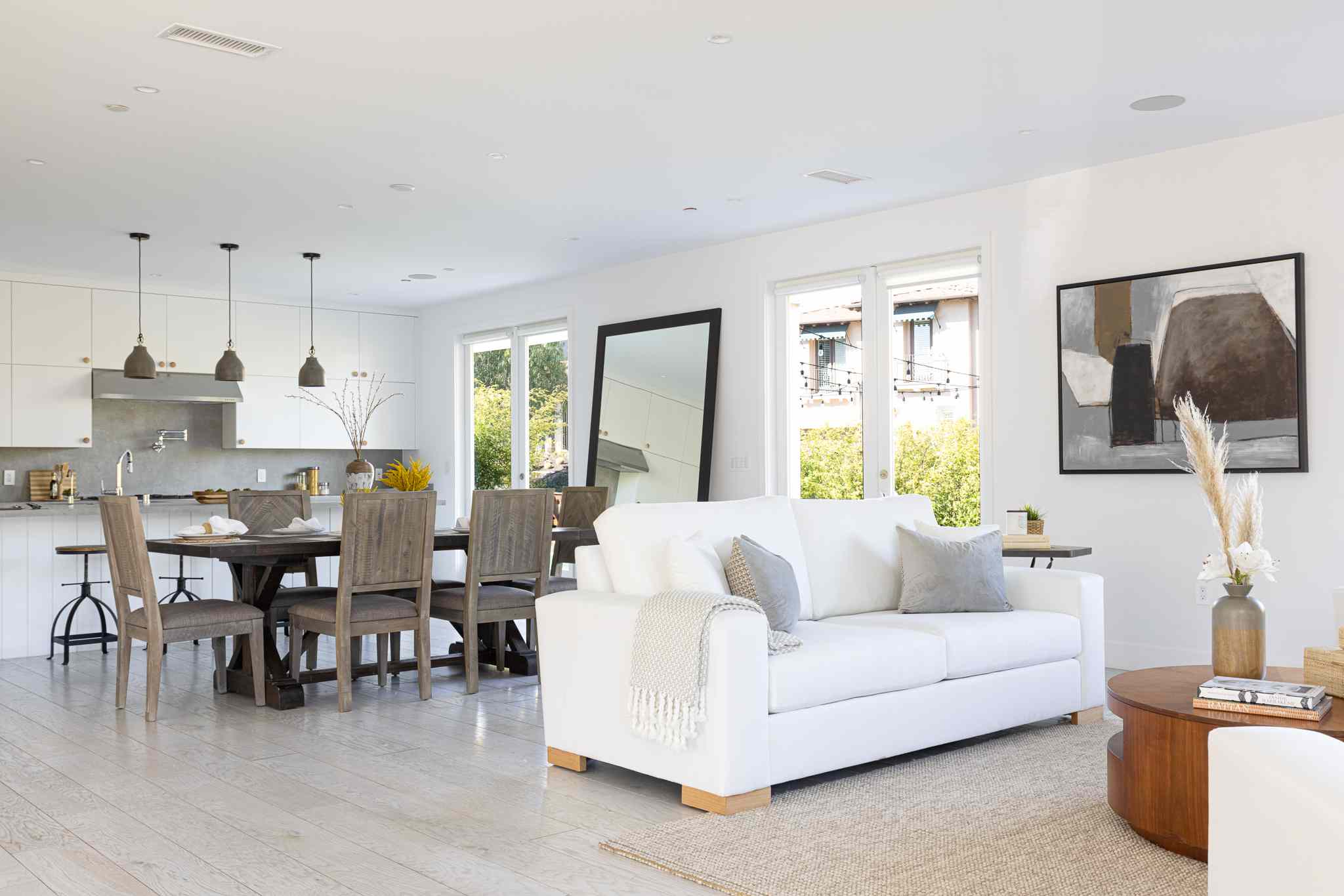
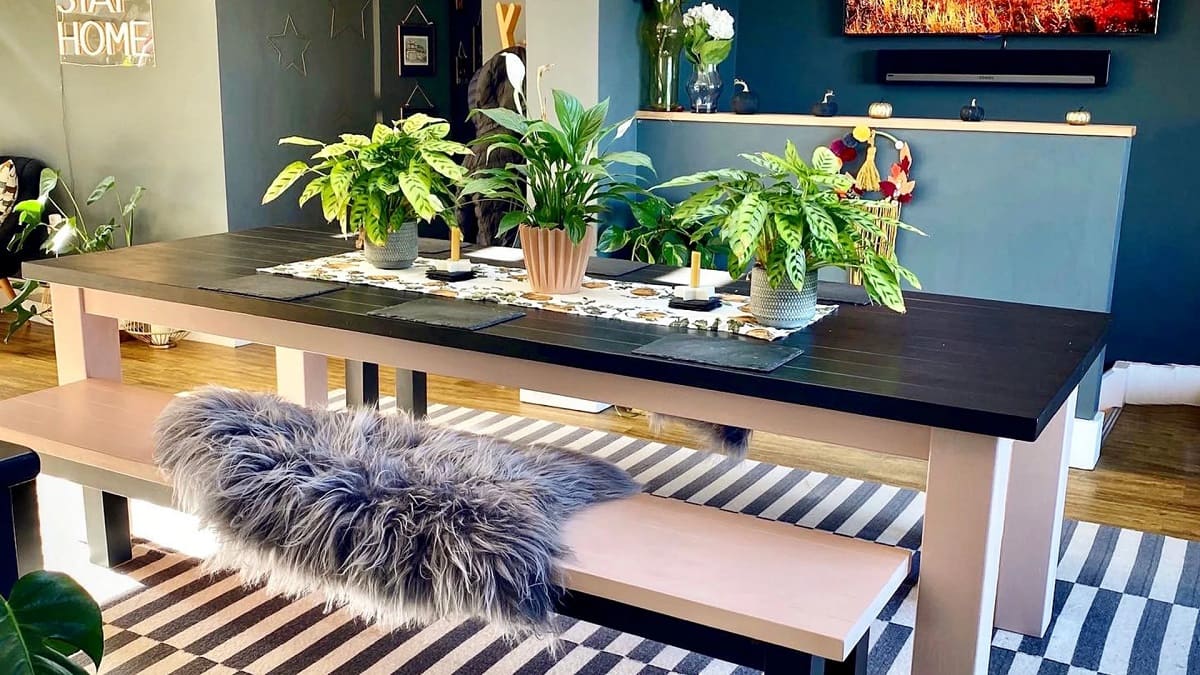
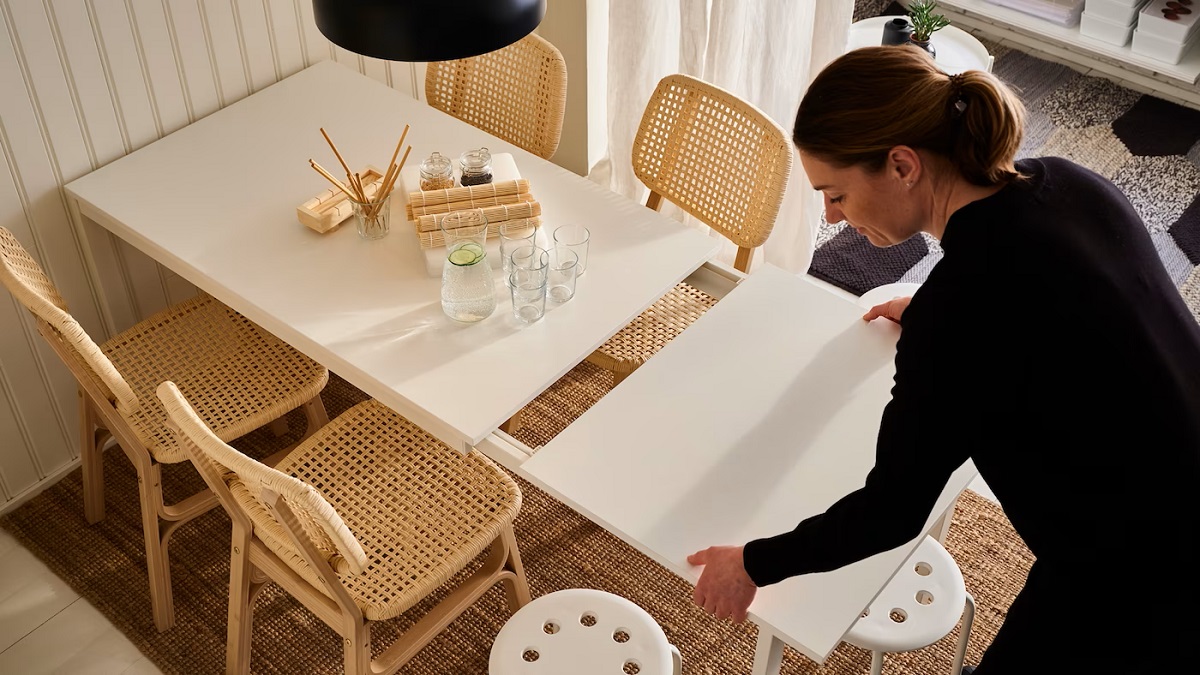
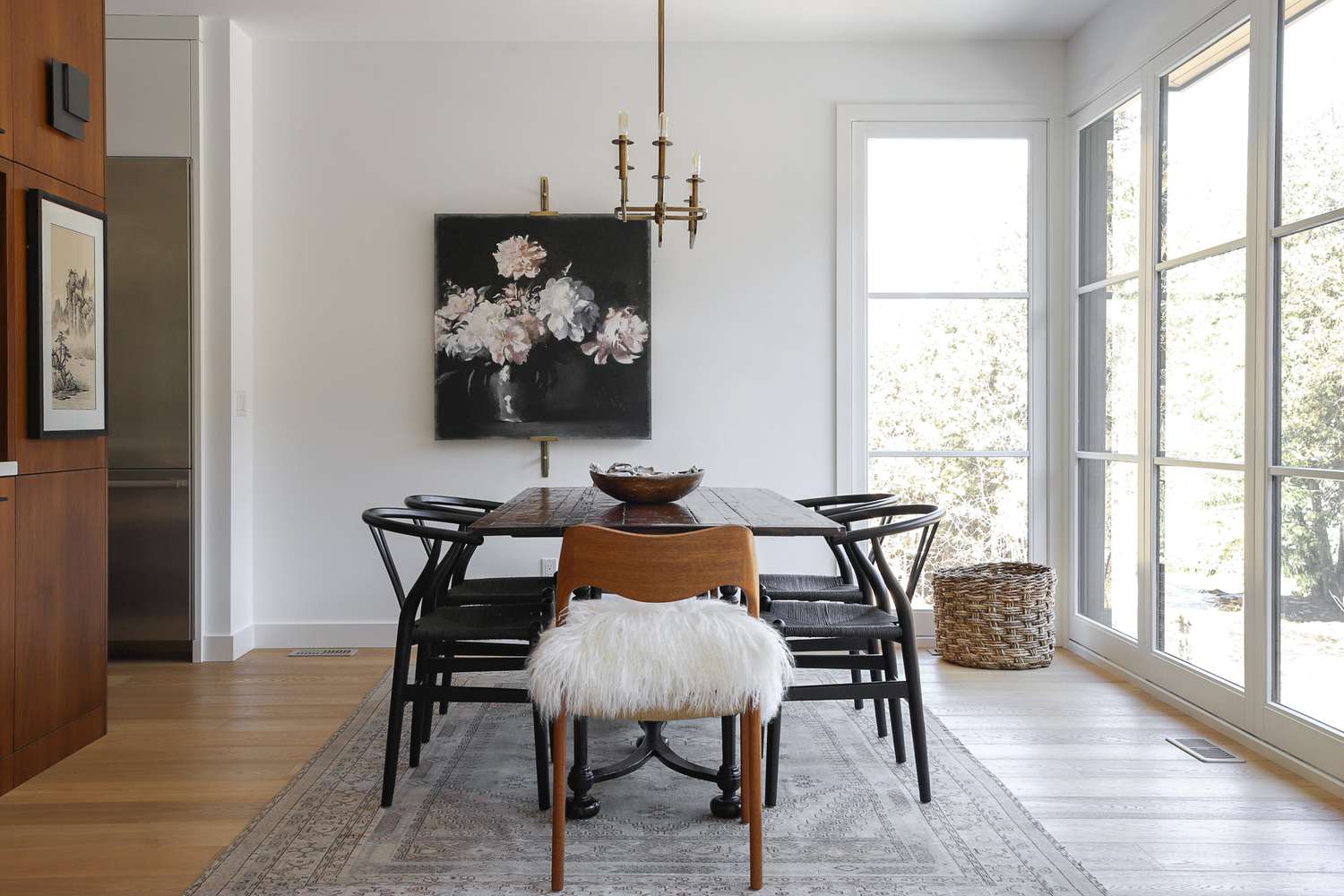
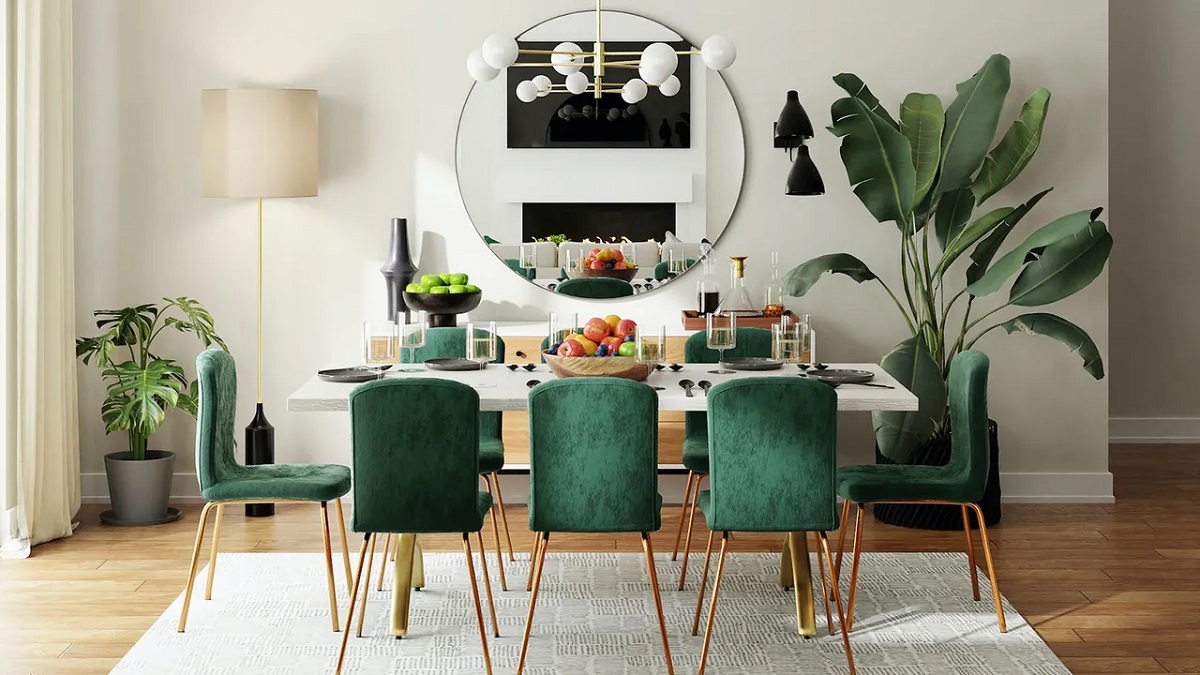
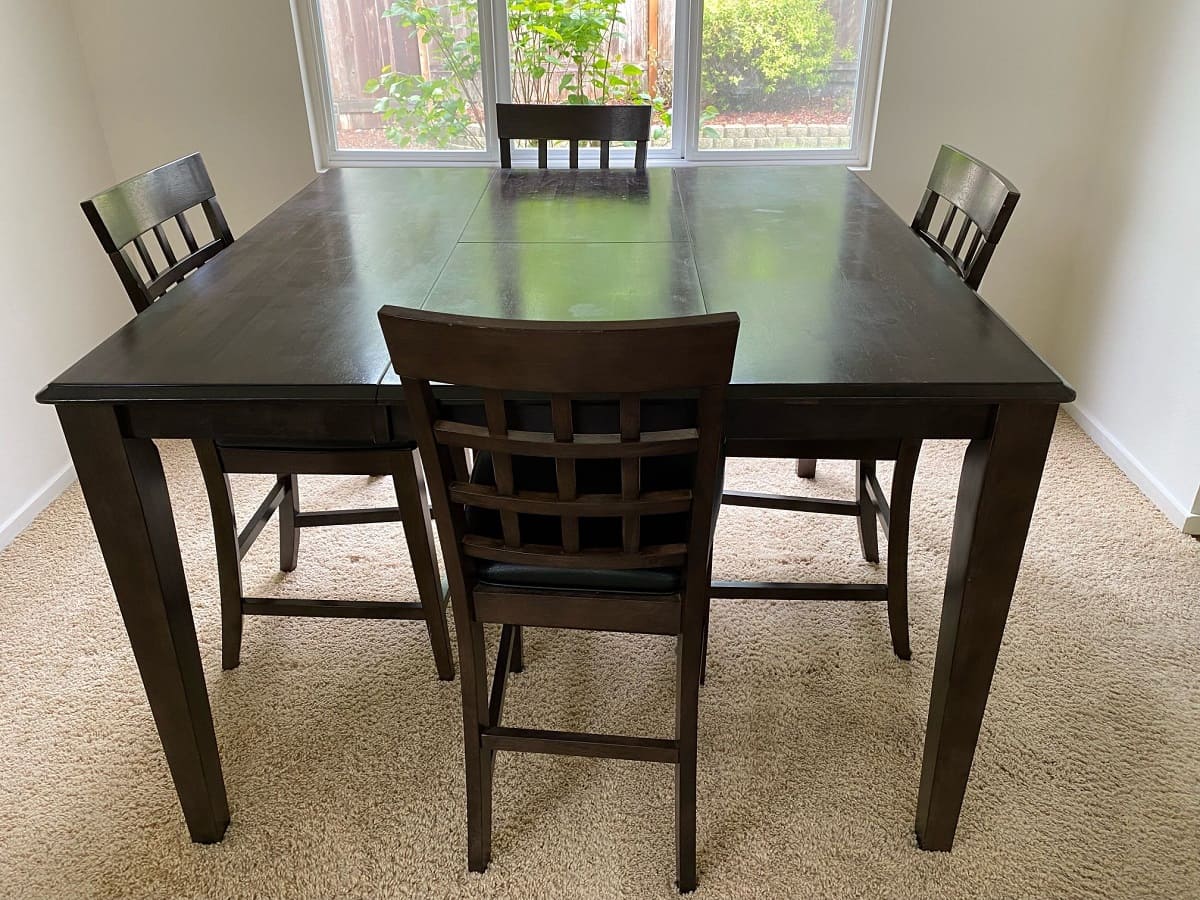

0 thoughts on “How To Measure For A Dining Room Table”